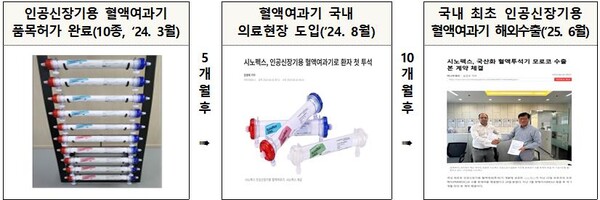Government aims to develop world-leading “game-changer” devices and localize 13 essential medical technologies through multi-ministry initiative

The South Korean government has announced a large-scale, long-term investment program designed to strengthen the nation’s competitiveness in the global medical device industry while reducing reliance on imported essential equipment. The initiative focuses on promoting innovation in core medical technologies, particularly those powered by artificial intelligence (AI) and robotics.
According to the Ministry of Food and Drug Safety (MFDS), South Korea will invest ₩9.408 trillion (approximately USD 700 million), including ₩102.5 billion in private contribution, into the “Pan-Government Advanced Medical Device R&D Program (Phase 2)” from 2025 to 2032. The program is jointly led by the Ministry of Science and ICT, Ministry of Trade, Industry and Energy, and Ministry of Health and Welfare.
The new phase focuses on two major goals: Developing six world-first or world-leading breakthrough medical devices capable of redefining global market standards, and Localizing 13 essential medical devices that domestic healthcare systems currently depend on imports for.
Unlike traditional single-stage R&D funding, the initiative provides full life-cycle support—from basic research and prototype development to clinical testing, regulatory approval, and commercialization—ensuring that new technologies are not stalled between development steps.
The move follows the first phase of the program (2020–2025), which supported 467 research projects and produced 433 domestic and international regulatory approvals, 72 technology transfers, and 254 commercialization outcomes. Notable achievements included the domestic production of hemodialysis filters, previously sourced entirely overseas, and the world’s first regulatory approval of AI-based stroke diagnostic software.
The government emphasized that the second phase is intended to secure South Korea's position as a global leader in high-value medical technology, while also improving patient safety and healthcare accessibility.
To encourage active participation from research institutions and industry, the government hosted a joint briefing session in Seoul, providing details on program structure, project selection criteria, and the rollout schedule.
A government spokesperson stated: “Next-generation medical device development is a strategic national priority. We will continue communicating closely with the research field to ensure that innovative technologies translate into real outcomes in clinical settings.”

